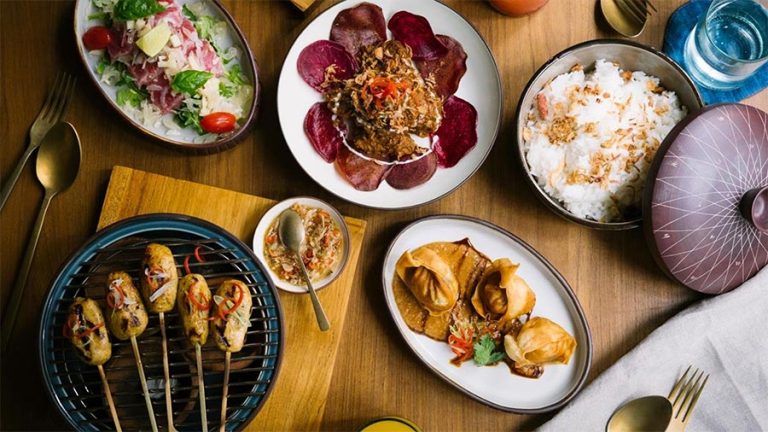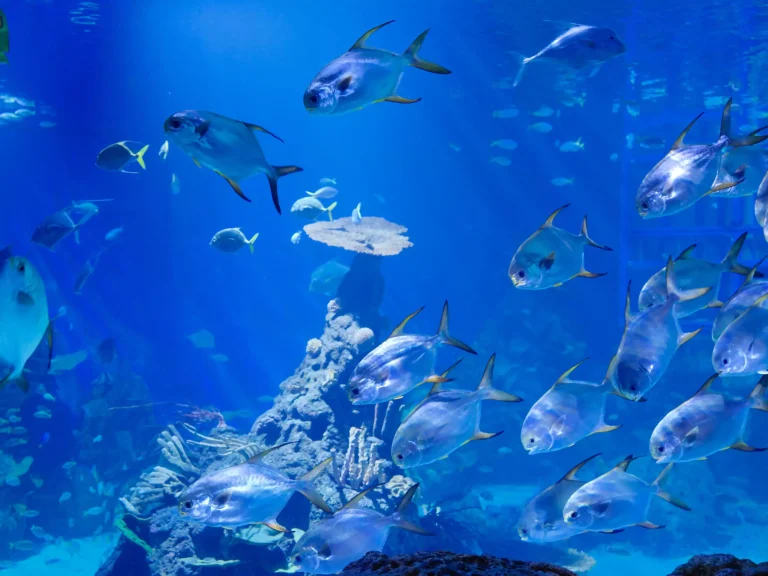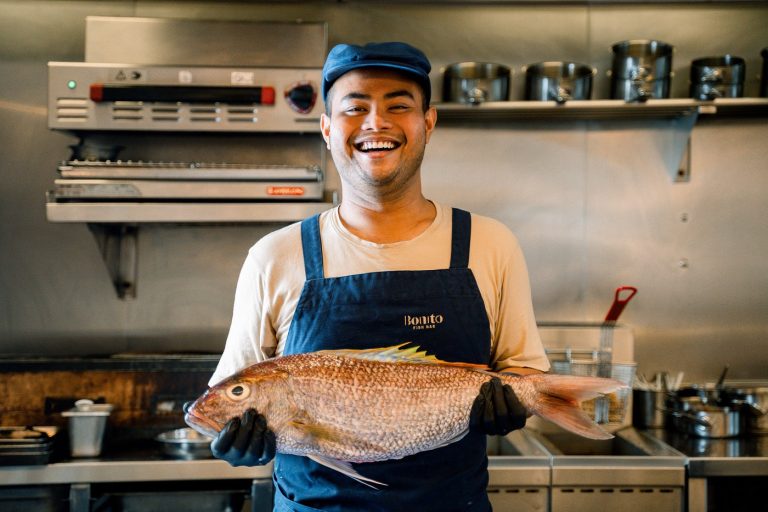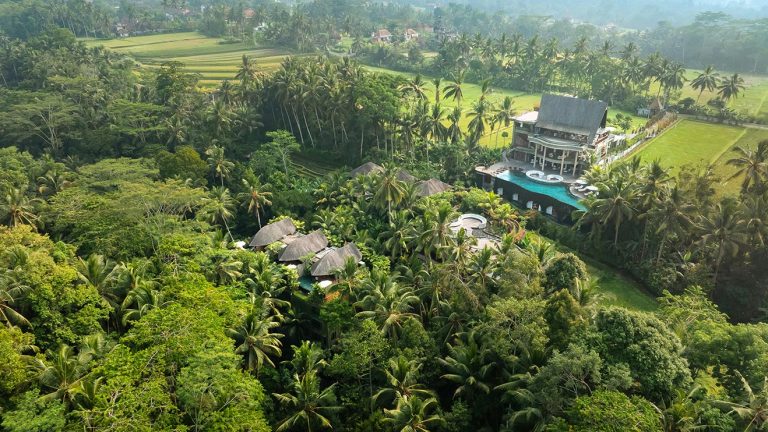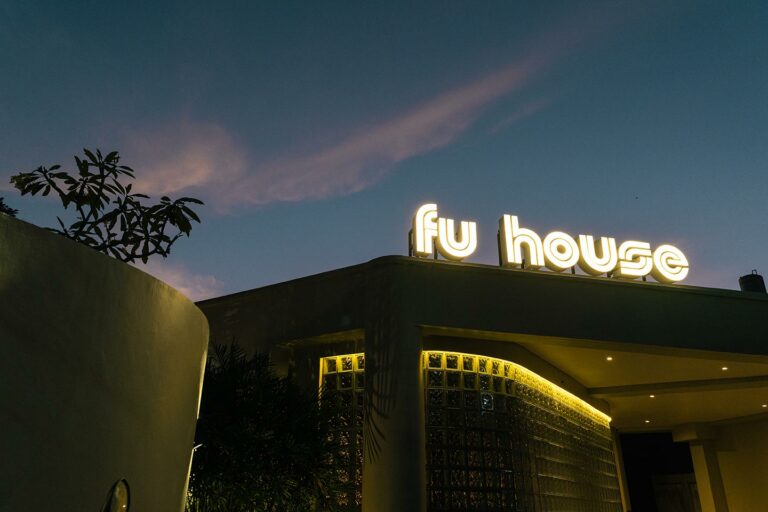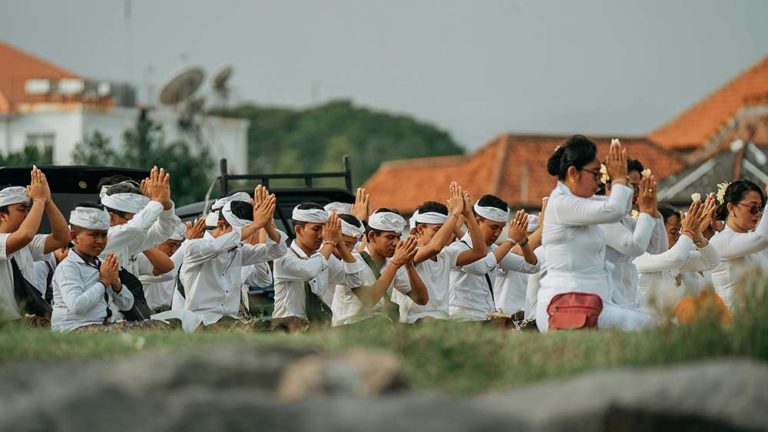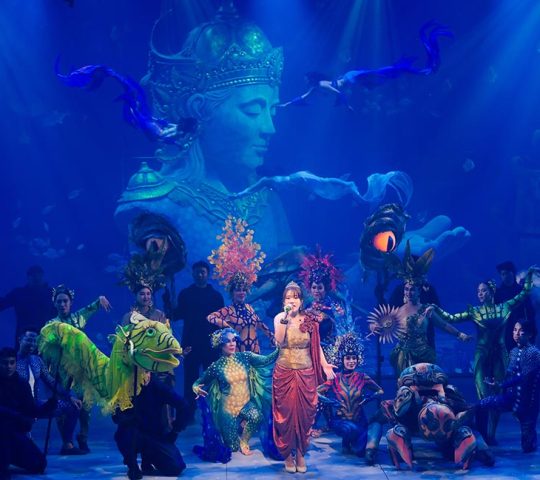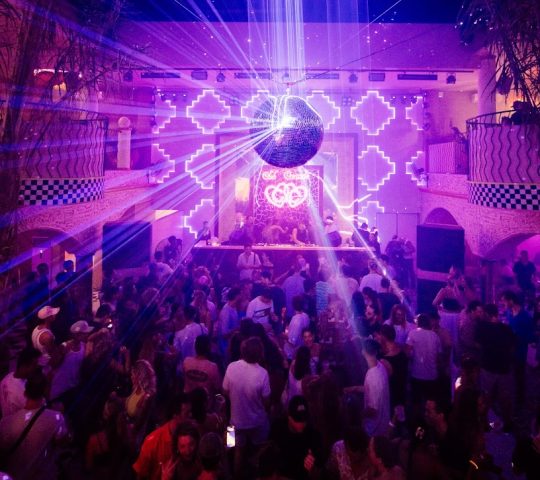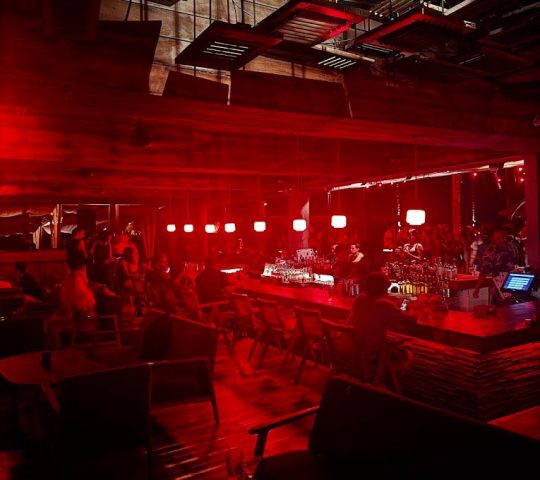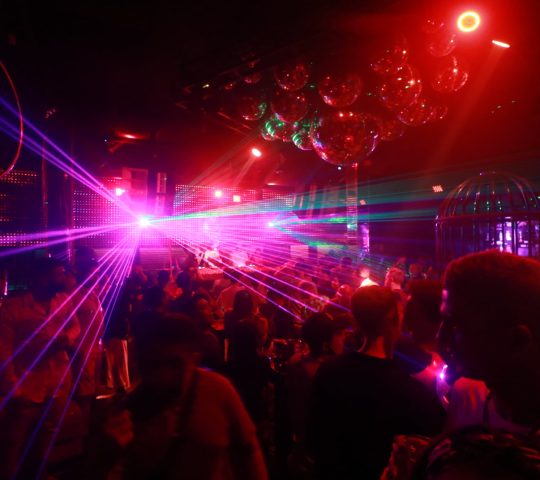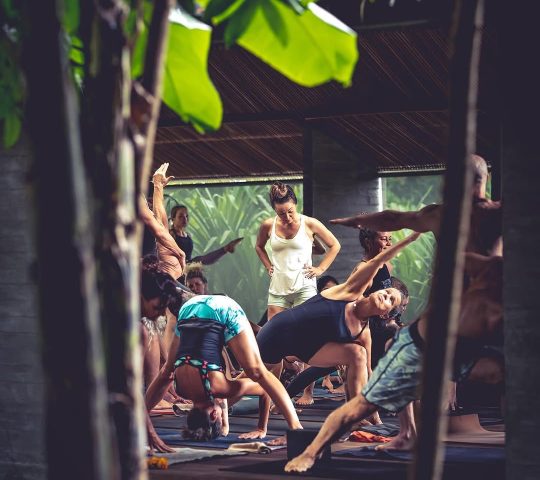Author and long-time resident Nigel Simmonds gives us his perspective on life in Sanur, on the sunrise side of Bali.
I’ve spent 19 years living in Sanur, the last two – for reasons I don’t need to go into – riding my bicycle around its environs … if that’s still a word in our existentially challenging and decidedly millennial world. Some things have changed here, but a lot has not.

Sanur started out of course as a ‘60s tourist destination with the Bali Beach Hotel (now called The Grand Inna Bali Beach). Japanese war reparation money built the landmark property and imported industrial sand to shore up the beaches. The bunkers of the Bali Beach Golf Course also grew this way; a once tricky nine-holer with caddies schooled by the minding of ageing expatriates, that is now a mere memory.
Sanur – ‘Snore’ to its detractors – has always been one of those sleepy in-between places; Bali’s more southerly but still eastern version of Candi Dasa, its package tour beachfront Babylon a staple for European tourists who pre-Covid occupied the beach beds in an unfashionable enclave of middle-class crassness catered to by burgers and pizzerias. It’s never been sexy, and it’s never going to be Canggu.
But therein lies the rub. As a white resident here, no one knows who you are, apart from the few that do, and in my case they’re mostly retired Australians whose pensions cover a kind of rogue male existence that stretches along the bumpy sidewalks of Danau Poso. A richer and more urbane population of moneyed expatriates also lives here, but mostly they exist behind the high walls of plush villas and palatial beachfront properties that border a variety of foreign consulates.

Since then, little has changed, mostly because there are still very few landowners in the area. A fact which has ensured some continuity that is perhaps lacking in other tourist areas of Bali. Restaurants and bars have quietly thrived, with a surprising variety of cuisines and styles. More recently this landscape has begun to change, as leases originally established on a 30-year system have come to an end. Older properties have closed, to be replaced by a new breed of food, shopping and holiday activities.
Change is indeed afoot. The old golf course has been cleared to be replaced by an upcoming new cancer hospital, the relaxed beachfront has been remodelled to include a new dual lane walking and bicycle path; there are still bars and ramshackle local markets, thank the gods, but there are also great restaurants too. Modern restaurants, with real spice.
The Fire Station largely redefined dining in Sanur with its gastropub offering, the excellent Batur Sari road on the other side of the bypass now offers low priced French, Japanese, Balinese and Middle Eastern food. Revamped hotels like the Bali Hyatt Regency and its superb new neighbour Andaz on the beach, have created in this small sleepy place one of the most pleasant, locally interactive and calm coastal destinations in the world. One of the first hotels speaks volumes about the grace of Sanur, the classic Tandjung Sari, is still a magnet for local ex-pats and celebrities alike.
Even craft beers have arrived. Shotgun Social offers an impressive array of flavoured ales, and recently the Sanur Beer Garden opened with a menu of low-priced craft beers. There are superb kebabs next door at The Hive, a Mexican called Jalapeno, the classic Café Batu Jimbar and the more upmarket Italian The Village Cucina Italiana.
There’s Naughty Nuri’s – newly opened along the bypass – a McDonald’s if that’s your thing, a masterful collection of coffee house co-working spaces and of course the beach, which is a laneway of premium hotels and private homes, the InterContinental notwithstanding. Walk along the front at Sanur and be amazed at the variety, the history and the wealth. It’s rich and poor together, as often the best things are.

There are pressures, of course. There’s a massive new mall going up beachside, a modern but possibly pleasant shopping experience with waterfalls inside the mall. Is it the end? Ultimately it will be Indonesian Jakartans and other local citizens who come to enjoy Sanur’s new pleasures. Its great restaurants, its variety, its Massimo ice cream, its imported sand beaches. Its local life.

This area has always had a lot to do with families and kids. If you’re a long-time resident of this island, children become a thing here. Eventually, they need grown-up schooling. And while most expatriates generally start out in Ubud, or Canggu, at some point the island schools you in the ways of transportation and practicalities. The Dyatmika School near Ketewel, a short drive up the bypass from Sanur, remains the island’s most respected and integrated seat of learning. If you want to educate your children there as an expatriate in a mixed marriage or as a forward thinker, Sanur is a convenient base close by.

Probably as a result of this family orientation, nightlife in Sanur remains restricted. There are a few late nights haunts, Casablanca being the largest with nightly live music, pool tables and good times.
Yes, you say, that’s all very well, but it ain’t Canggu! And thank God. Because Sanur is still local, locally controlled, and locally available. It’s where you go if you’re a regular Indonesian family unit on a Sunday beach outing. It’s brown toes in the sand, next to a few hardy whiteys. It’s Balinese kites in the sky, and temple ceremonies on holy days. It’s real, and remains so. It’s real because it’s Bali, and it is still Balinese.
Bali… I could go on about its culture, but what are you here for? If it’s a holiday and you’re young, Sanur is not for you. But Bali is here because of its people, its culture and the systems in place to keep it out of the world of condo f**k huts and capitalist city shopping malls. It’s Bali, and long may it reign. I’m sorry-not-sorry if your rented car is held up in a traffic jam created by a hundred members of a community walking to the beach in their finery to cleanse their gods. You can wait. The world can wait. Sanur waits.

Nigel Simmonds
Nigel Simmonds is the author of Eating The Wind: A Requiem For Innocence. Now available on Amazon and Audible. He is also available for public speaking events and podcasts.


